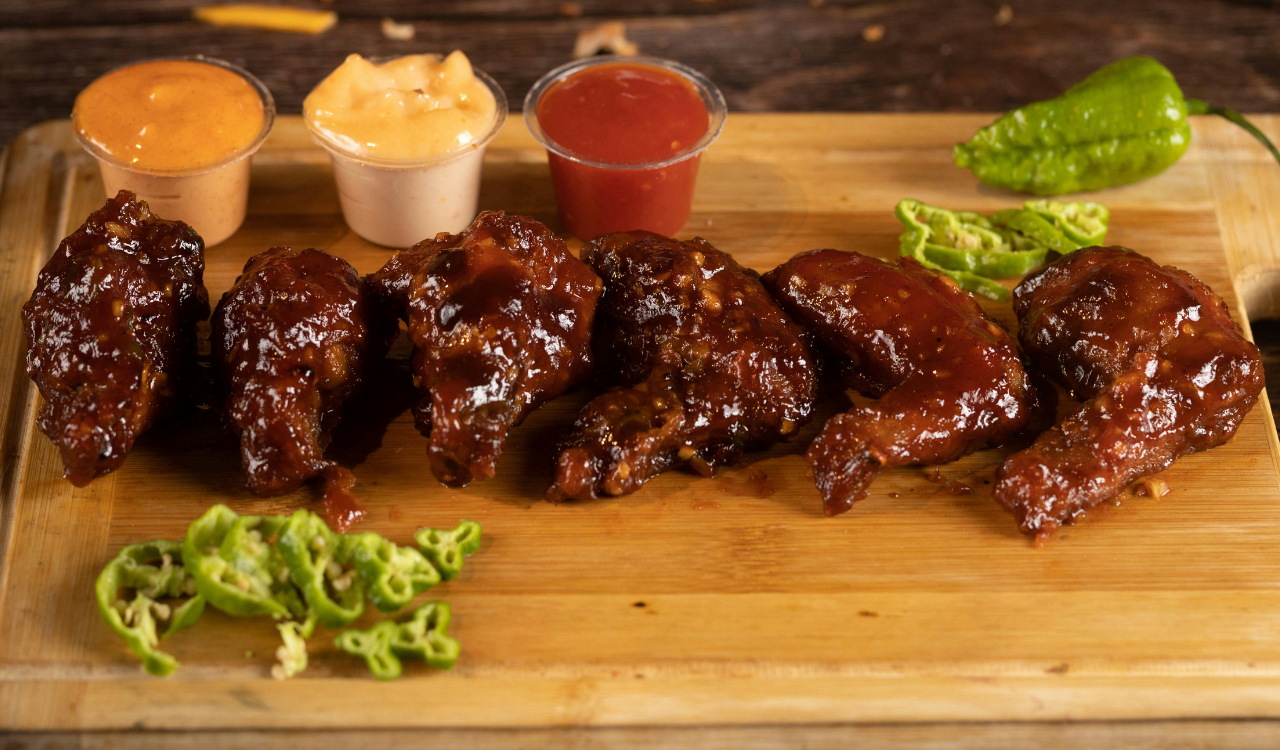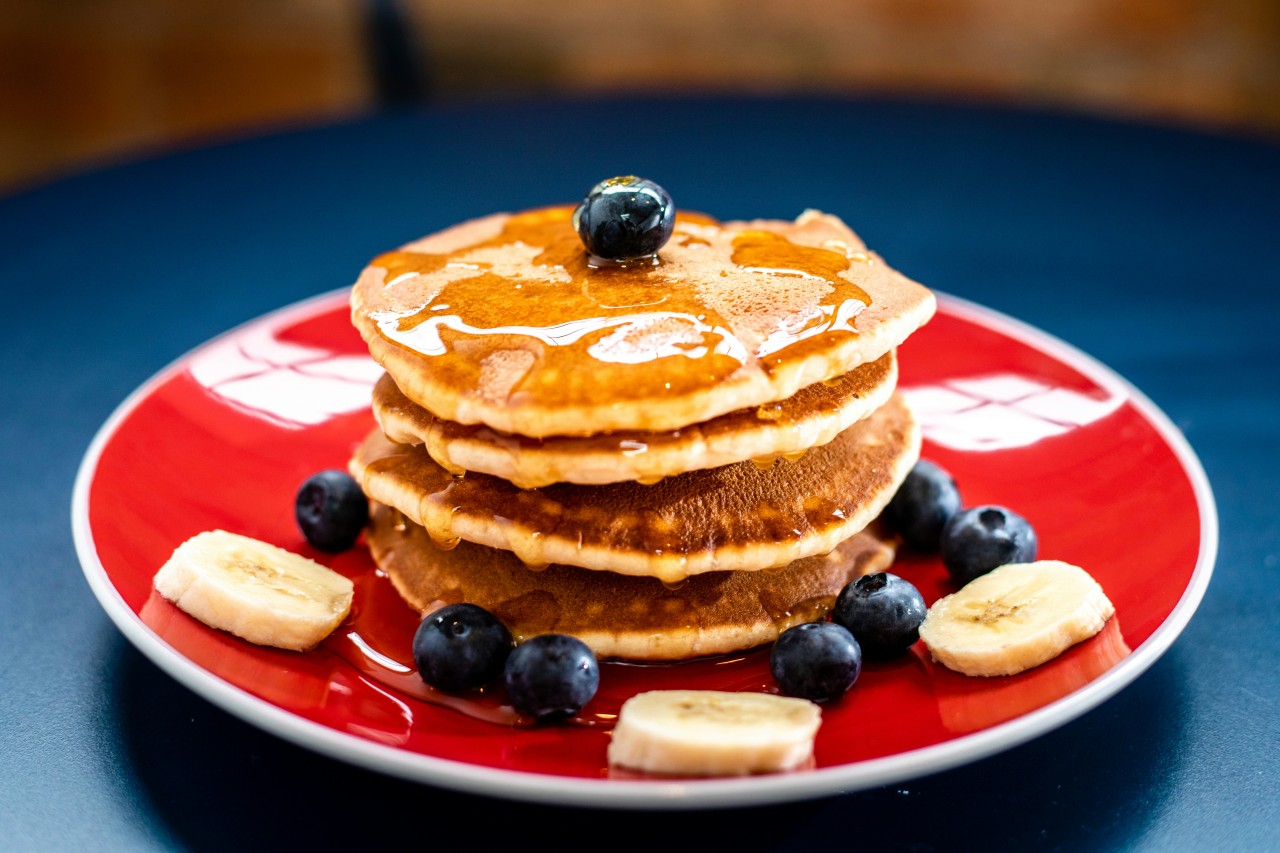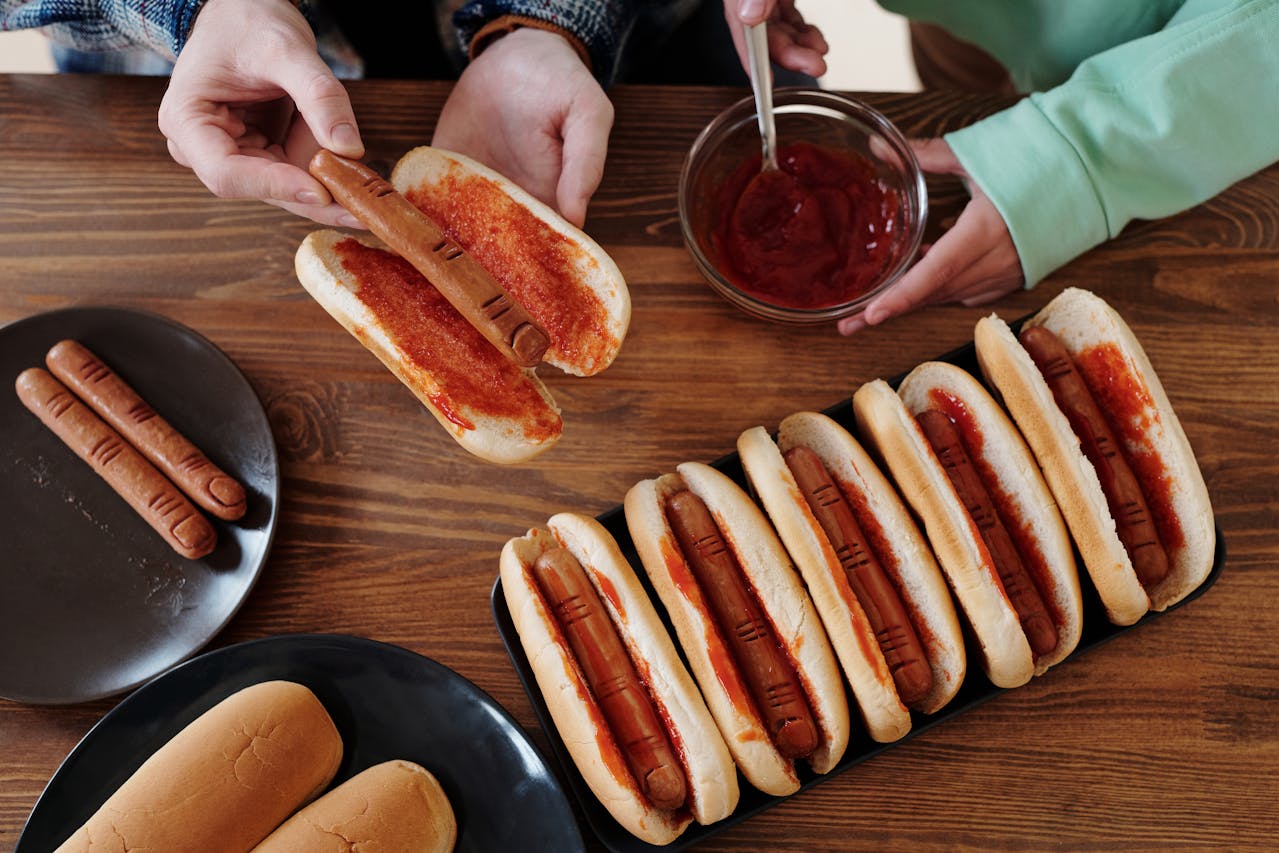Where Grocery Markups Hide: 8 Categories and Smarter Swaps
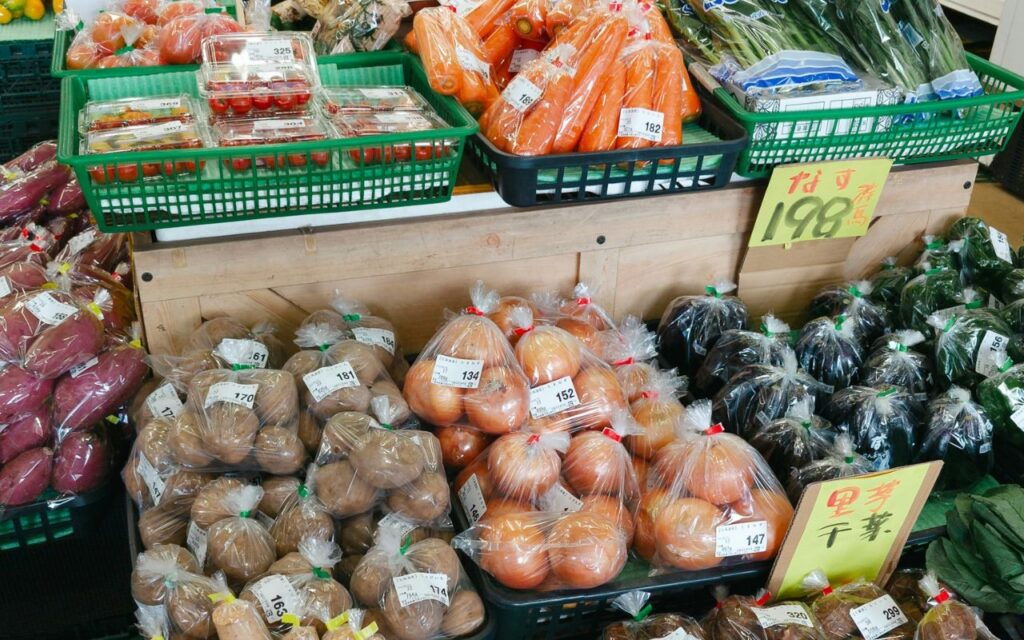
Grocery aisles hold quiet markups hidden in plain sight. Many items cost more for convenience, presentation, or perceived quality even when the core ingredients are identical. Knowing where price inflation hides allows smarter, budget-savvy choices without losing freshness or flavor. From produce prep shortcuts to branded packaging premiums, identifying these categories helps transform impulsive spending into intentional shopping, reducing waste and spending with ease.
Pre-Cut Produce
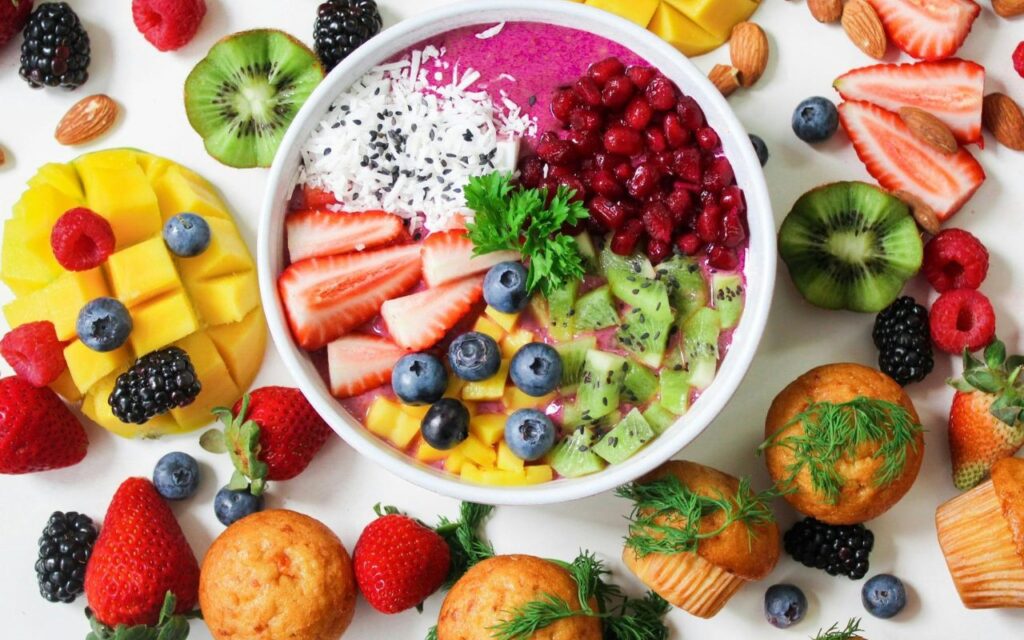
Pre-sliced fruits and vegetables often cost two to four times more than whole items, with markups reaching nearly 400 percent in some stores. You’re paying for washing, peeling, cutting, and packaging rather than superior freshness. These conveniences also shorten shelf life and reduce nutrients. Buying whole carrots, melons, or greens to cut at home keeps produce crisper, lasts longer in storage, and saves money every week without losing healthy convenience.
Bagged Salad Kits
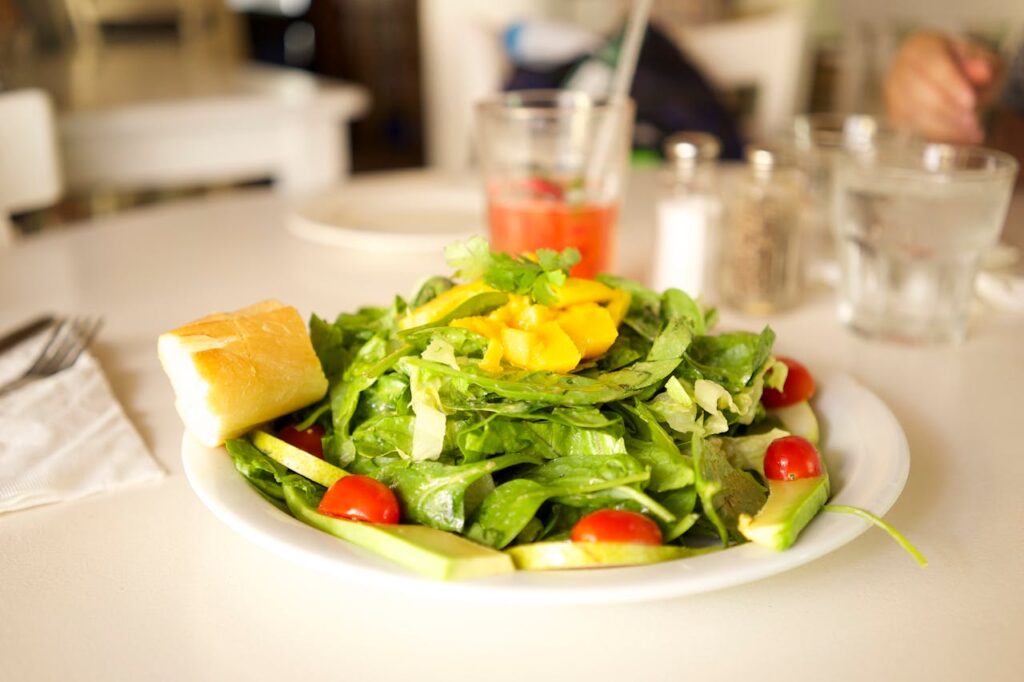
Salad kits represent one of the most overpriced produce categories due to chopped preparation, branded dressings, and excess plastic packaging. While they promise speed, greens often wilt quickly once opened, cutting freshness short. Choosing whole heads of lettuce and mixing toppings at home extends life and flavor. It’s a simple swap offering more servings, reduced waste, and major savings without sacrificing healthy meals.
Brand-Name Spices
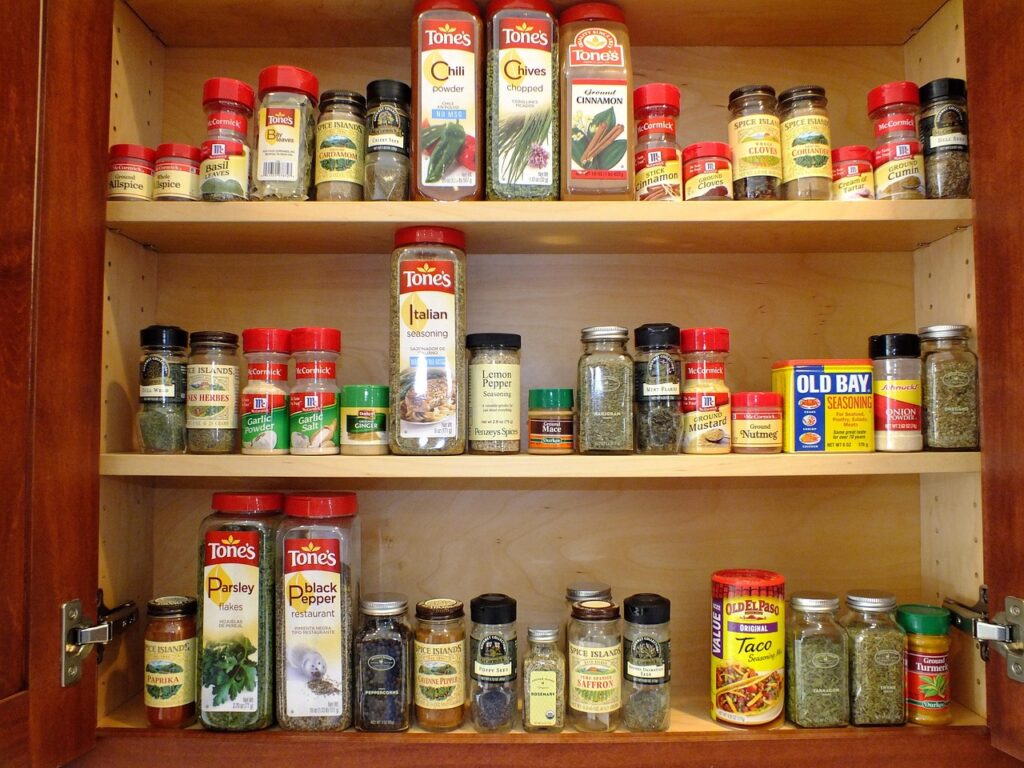
Popular spice brands often charge several times more than bulk or generic equivalents, despite offering similar flavor and quality. Most of the added cost stems from glossy packaging, shelf space, and brand perception rather than freshness. Buying from bulk bins or refill stations delivers bright, aromatic spices for a fraction per ounce. Smaller batches stay potent longer, minimize waste, and keep your kitchen stocked efficiently without paying for excess marketing.
Pre-Made Deli Meals
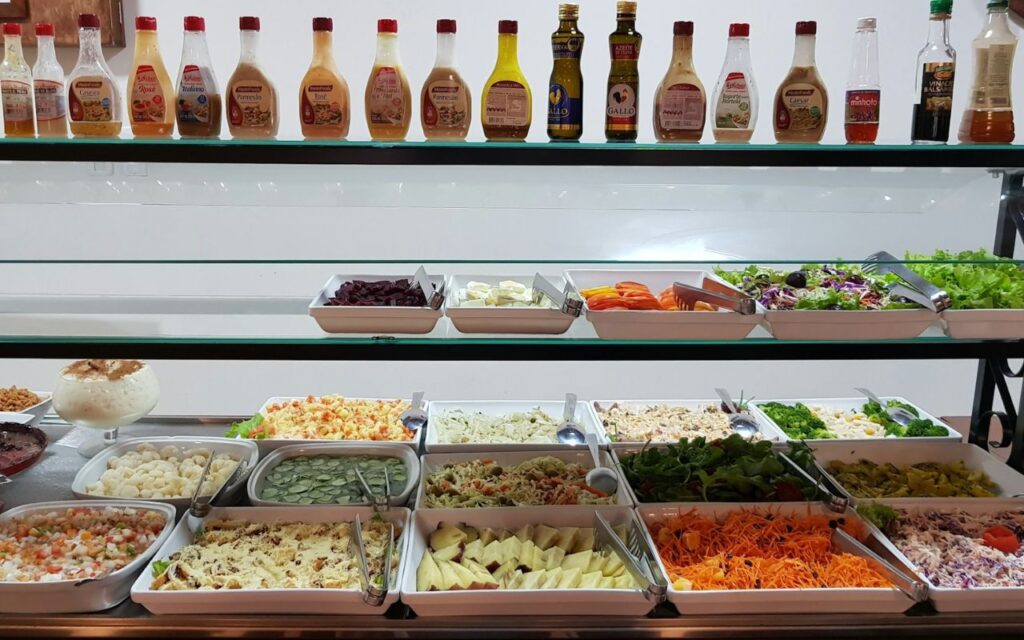
Deli counters often hide steep markups under the promise of convenience and comfort. Ready-made salads, sandwiches, and sides may cost two to three times more per pound than their ingredients. The added price covers labor, packaging, and waste. By buying roasted chicken, cooked pasta, and fresh vegetables separately, you can create the same meals faster and for much less. Home assembly ensures fresher flavor, adjustable seasoning, and ideal portion control.
Bottled Drinks

Bottled beverages like iced coffees, teas, flavored waters, and smoothies carry enormous markups, often hundreds or even thousands of percent above ingredient cost. Most pricing covers packaging, branding, and shipping, not quality or nutrition. A $5 café latte might cost fifty cents to make at home. Brewing cold brew or steeping tea in bulk delivers identical taste for cents per serving while cutting plastic waste. Reusable bottles multiply long-term savings and sustainability.
Cheese and Dairy Alternatives
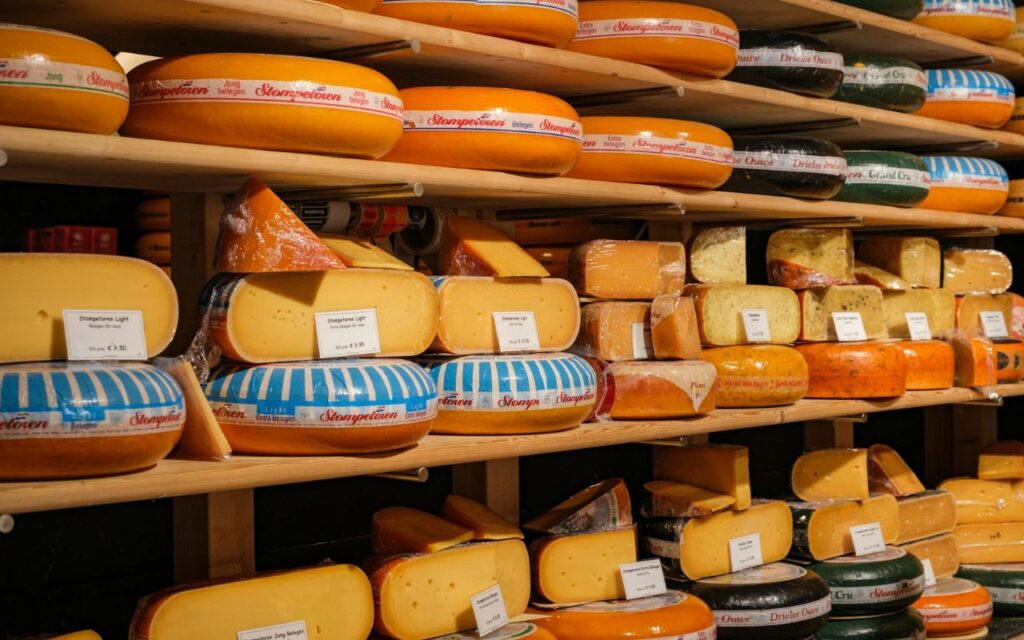
Sliced, shredded, and specialty cheeses often carry 25 to 40 percent markups because you pay for processing, packaging, and anti-caking additives, not quality. Buying whole blocks allows fresher melt, stronger flavor, and greater yield per ounce. Similarly, homemade oat or almond milk costs less and eliminates preservatives. By blending bulk oats or nuts, one batch delivers multiple servings with minimal waste and cleaner, more natural taste.
Frozen Convenience Meals
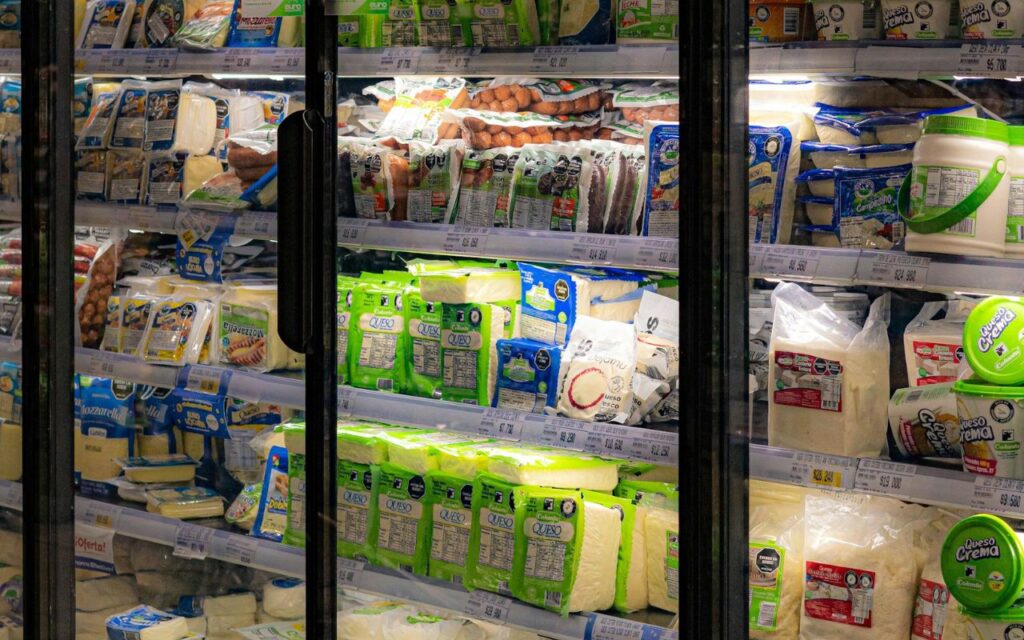
Frozen entrées appear budget-friendly but typically hide higher markups due to branding, production, and packaging. Per serving, they often rival or surpass homemade meal costs while adding preservatives and excess sodium. Batch cooking simple dishes like pasta bakes, stews, or curries ensures better nutrition and taste for far less. Home-cooked freezer meals offer the same grab-and-go ease without inflated pricing or unnecessary additives.
Packaged Snacks
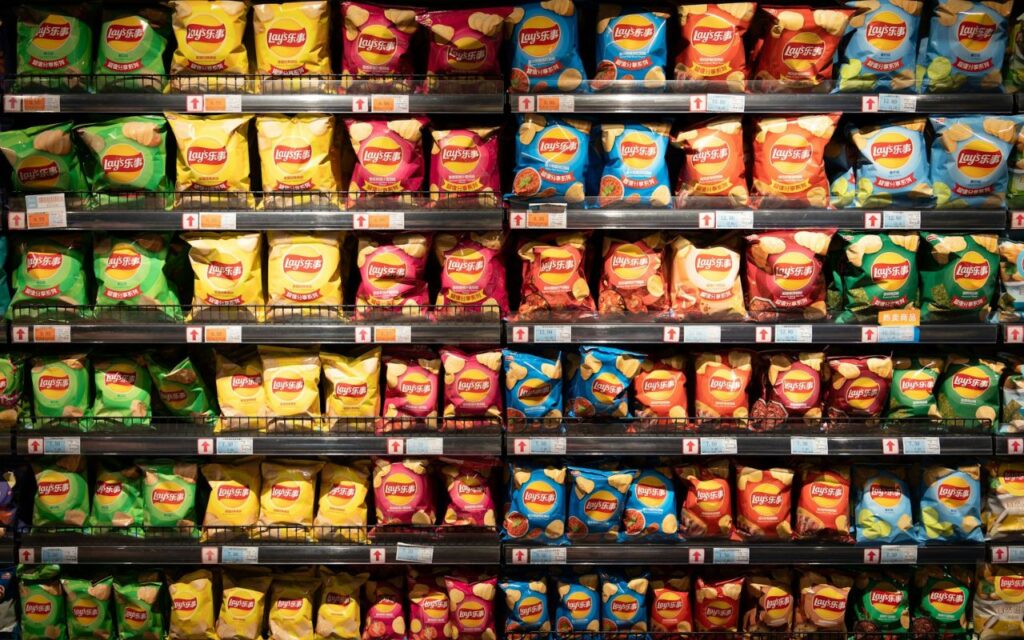
Single-serve snack packs and trail mixes carry some of the steepest grocery markups, often costing three to four times more than buying ingredients in bulk. These snacks charge extra for branding, packaging, and portioning rather than real value. Making custom mixes from nuts, seeds, and dried fruit cuts these costs dramatically while keeping flavor and crunch intact. Homemade blends reduce sodium, packaging waste, and expense. Portion into small containers for portable, budget-smart snacking anytime
